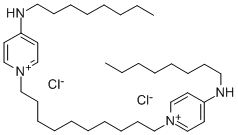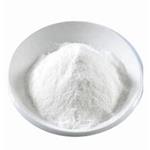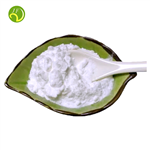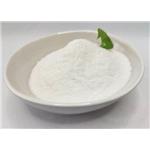Description
The antiseptic agent octenidine dihydrochloride (OCT) was developed by Sterling Winthrop (WIN41464-2) in the 1980s as an alternative to the anti-plaque agent CHX and successfully tested in vitro and in vivo. OCT has a broad spectrum of activity with similar effectiveness against Gram-negative and Gram-positive bacteria, fungi, and yeasts. Moreover, it has been shown that it may effectively interfere with the co-aggregation of dental plaque microbial colonizers without disturbing the normal, healthy oral flora. In a standardized comparison of antimicrobial activity ofthe antiseptic agents triclosan, polyvinylpyrrolidone-iodine, OCT, polyhexamethylene biguanide, and Chlorhexidine digluconat (CHX) using the min-imal effective concentration and minimum bactericidal con-centration, OCT was the most effective active agent of alltested antimicrobial substances. In other studies, the antibacterial and antiplaque efficacy of OCT was equal to or even greater than that of CHX[1].
Uses
Octenidine is an antiseptic (topical). Octenidine is a cationic surfactant and bis-(dihydropyridinyl)-decane derivative.
Uses
Octenidine dihydrochloride is used as a antiseptic for skin, mucous Membranes and wounds.
Application
Octenidine dihydrochloride is a cationic antiseptic that belongs to the bispyridine class of chemicals. Its action is binding to anionic structures of the cell membrane, further bursting the membrane. It has activity against Gram-positive and Gram-negative bacteria. It was effective in oral hygiene, preventing plaque and gingivitis, as a whole body wash for methicillin-resistant S. aureus decolonization and skin disinfection of premature newborn infants. Octenidine concentrations of less than 1.5 μM (0.94 μg/mL) reduced each microbial population by more than 99% within 15 minutes. Staphylococcus epidermidis was the most susceptible of the test organisms, and E. coli and Candida albicans were the least susceptible. Octenidine was more active than chlorhexidine against each test strain. This antiseptic has not been established in veterinary medicine for skin preparation but is used for wound cleansing.
Flammability and Explosibility
Not classified
References
[1] A. Welk. “Antibacterial and antiplaque efficacy of a commercially available octenidine-containing mouthrinse.” Clinical Oral Investigations 20 1 (2015): 1469–1476.






